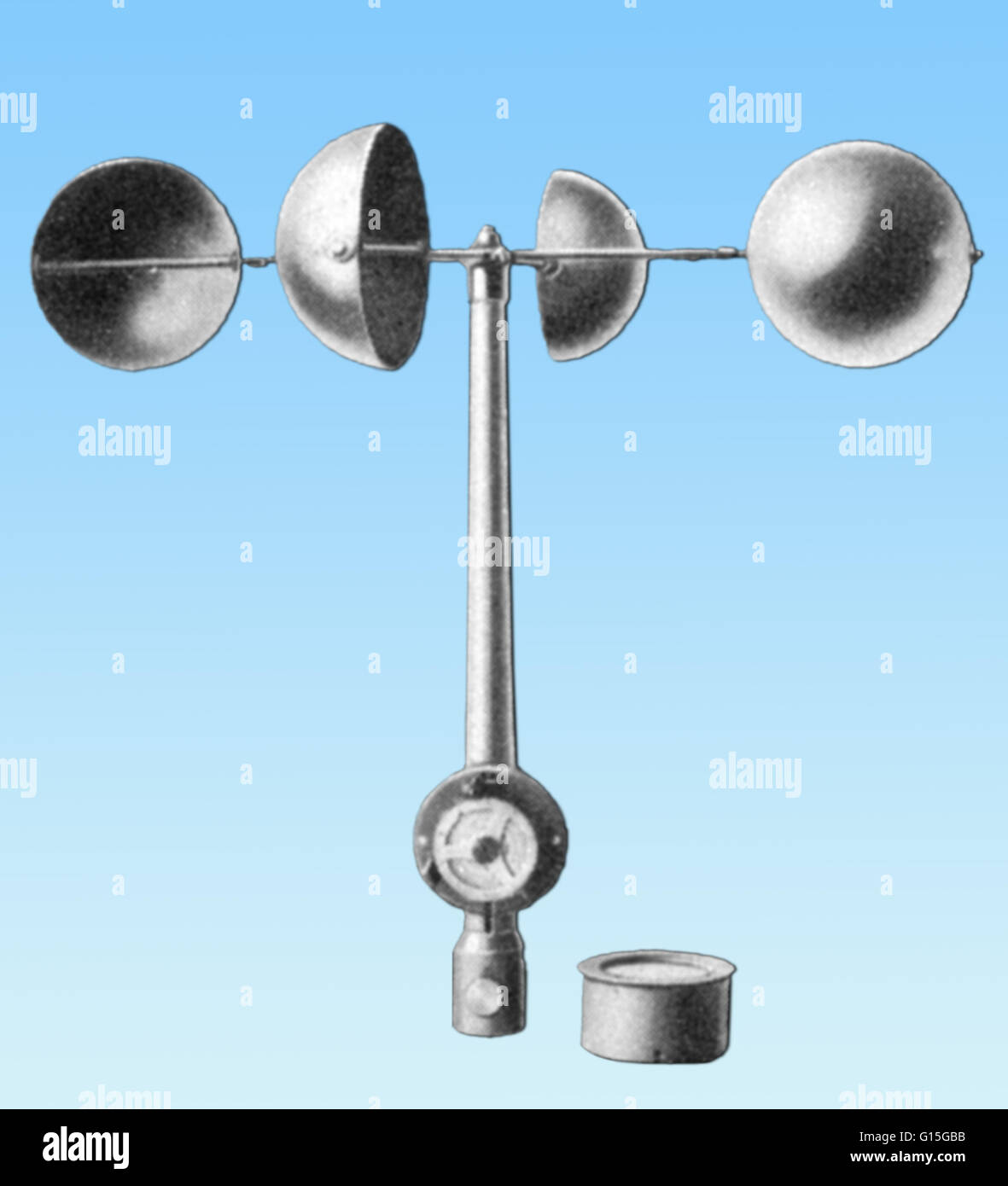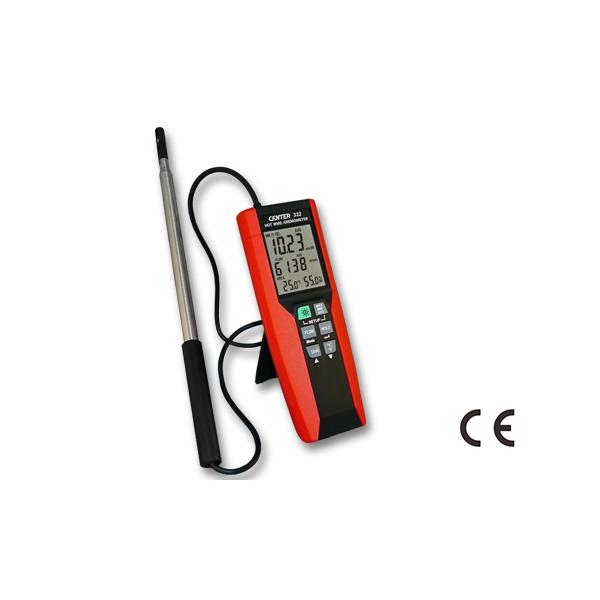Why an Anemometer is Crucial for Your Environmental Information Collection
Why an Anemometer is Crucial for Your Environmental Information Collection
Blog Article
Discovering the Features and Benefits of Anemometers for Weather Enthusiasts and Specialists
From cup anemometers to sonic anemometers, each type brings its special set of applications and advantages, shedding light on numerous aspects of climatic conditions. As we delve right into the features and advantages of anemometers, a deeper understanding emerges not only of dominating climate phenomena but likewise of the more comprehensive ramifications for industries like wind power manufacturing and ecological research study.
Importance of Anemometers in Weather Monitoring
Anemometers play a critical duty in weather condition tracking by offering accurate measurements of wind rate, assisting in projecting and understanding weather patterns. These tools, varying from conventional mug anemometers to contemporary ultrasonic anemometers, are essential for meteorologists, researchers, and climate fanatics alike. By gauging wind rate, anemometers help in determining the intensity of weather condition sensations such as twisters, tornados, and storms. Additionally, they supply beneficial information for aeronautics, maritime procedures, and numerous markets that are delicate to wind conditions.

Kinds Of Anemometers and Their Applications
With the critical function anemometers play in climate tracking and forecasting, understanding the numerous sorts of these tools and their applications becomes necessary for experts and lovers in the area. The most typical types of anemometers consist of cup anemometers, vane anemometers, hot-wire anemometers, and ultrasonic anemometers. Mug anemometers consist of three or 4 mugs placed on straight arms that revolve with the wind, determining its speed. Vane anemometers, on the various other hand, utilize an easily turning vane to line up with the wind instructions, giving both wind speed and instructions measurements. Hot-wire anemometers operate based upon the concept of convective warm transfer, where the cooling effect of the air flow is gauged to identify wind speed. Ultrasonic anemometers utilize ultrasonic acoustic wave to determine wind rate and instructions properly.
Each kind of anemometer has its one-of-a-kind advantages and applications. Cup anemometers are durable and ideal for general climate monitoring, while vane anemometers are preferred for directional dimensions. Hot-wire anemometers are delicate to low air speeds, making them perfect for indoor environments. Ultrasonic anemometers are non-intrusive and provide high accuracy, frequently utilized in study and specialized climate monitoring applications. Understanding the attributes and applications of each kind of anemometer is vital for picking the most appropriate tool for certain weather condition keeping an eye on demands.
Benefits of Making Use Of Anemometers in Forecasting
In weather forecasting, the utilization of anemometers supplies invaluable benefits for improving the accuracy of weather condition projecting. Anemometers gauge wind rate and instructions, supplying vital data for anticipating weather condition patterns. By including wind data into forecasting models, meteorologists can better comprehend the movement of weather systems, anticipate changes in weather, and issue more specific Visit Website forecasts.
Furthermore, anemometers play an essential role in analyzing possible weather threats. Keeping track of wind rates helps forecasters anticipate serious weather condition events such as typhoons, twisters, and winter storms with better accuracy. This very early caution system enables authorities to release prompt informs and implement needed safety and security steps, decreasing the threats to life and home.
Furthermore, anemometers assist in enhancing renewable resource production. By assessing wind patterns, meteorologists can identify suitable places for wind farms and anticipate power output, adding to the effective generation of wind power.

Anemometers in Wind Energy Production
Given the important function anemometers play in giving exact wind data for climate forecasting and threat assessment, their value reaches the realm of wind power production. Anemometers are necessary tools in the area of wind energy, where the measurement of wind speed and instructions is crucial for figuring out the expediency and efficiency of wind turbine installments. By precisely gauging wind rates at differing heights, anemometers assist optimize the positioning and layout of wind generators to take full advantage of energy outcome.
In wind ranches, anemometers are tactically placed to collect real-time wind data that is utilized to examine the potential energy production of a website. This information is important in determining the economic viability of wind power projects and in projecting power generation to ensure grid security. In addition, anemometers aid in keeping an eye on wind conditions to optimize turbine efficiency, avoid damages from high winds, and check this site out guarantee the safety of workers functioning in the area of wind turbines.
Enhancing Weather Understanding With Anemometers

Anemometers play an essential duty in improving our understanding of microclimates. These local weather conditions can vary considerably from broader local forecasts, making it necessary to have accurate data for particular areas. anemometer. By tactically positioning anemometers in different locations, researchers can gather thorough information on exactly how wind acts in various surfaces, city environments, or bodies of water
Furthermore, anemometers add to enhancing climate forecasting versions by supplying real-time data on wind habits. This information is especially beneficial for forecasting extreme weather condition events, enhancing agricultural practices, and supporting industries like aviation and maritime navigating. On the whole, anemometers are invaluable instruments that allow us to dive much deeper into the intricacies of weather condition systems, ultimately resulting in even more better-informed choices and accurate forecasts.
Final Thought
In conclusion, anemometers play an important duty in weather condition monitoring and projecting by gauging wind speed and direction. They are important devices utilized by weather fanatics and specialists to collect accurate information for predicting climate patterns and examining potential influences. Anemometers likewise have applications in wind energy manufacturing, more highlighting their value in both weather forecasting and renewable resource sectors. In general, anemometers add to improving our understanding of weather condition sensations and boosting projecting capabilities. anemometer.
From cup anemometers to sonic anemometers, each type brings its special set of applications and advantages, shedding light on different aspects of climatic conditions. These tools, varying from conventional mug anemometers to contemporary ultrasonic anemometers, are vital for meteorologists, scientists, and weather fanatics alike. The most typical types of anemometers consist of cup anemometers, vane anemometers, hot-wire anemometers, and ultrasonic anemometers. Mug anemometers are robust and appropriate for general weather tracking, while vane anemometers are favored for directional dimensions. Anemometers are vital tools in the field of wind energy, where the dimension of wind speed and instructions is crucial for establishing the usefulness and efficiency of wind turbine installations.
Report this page